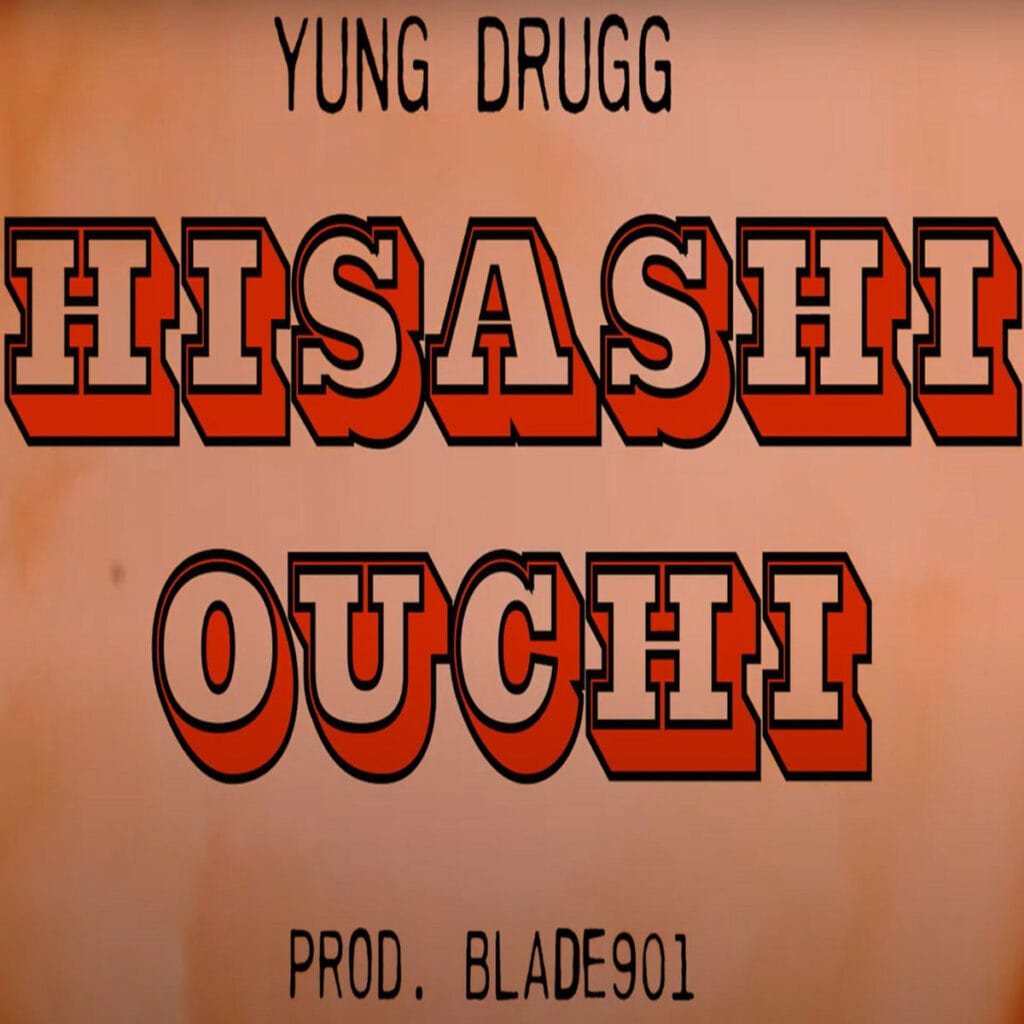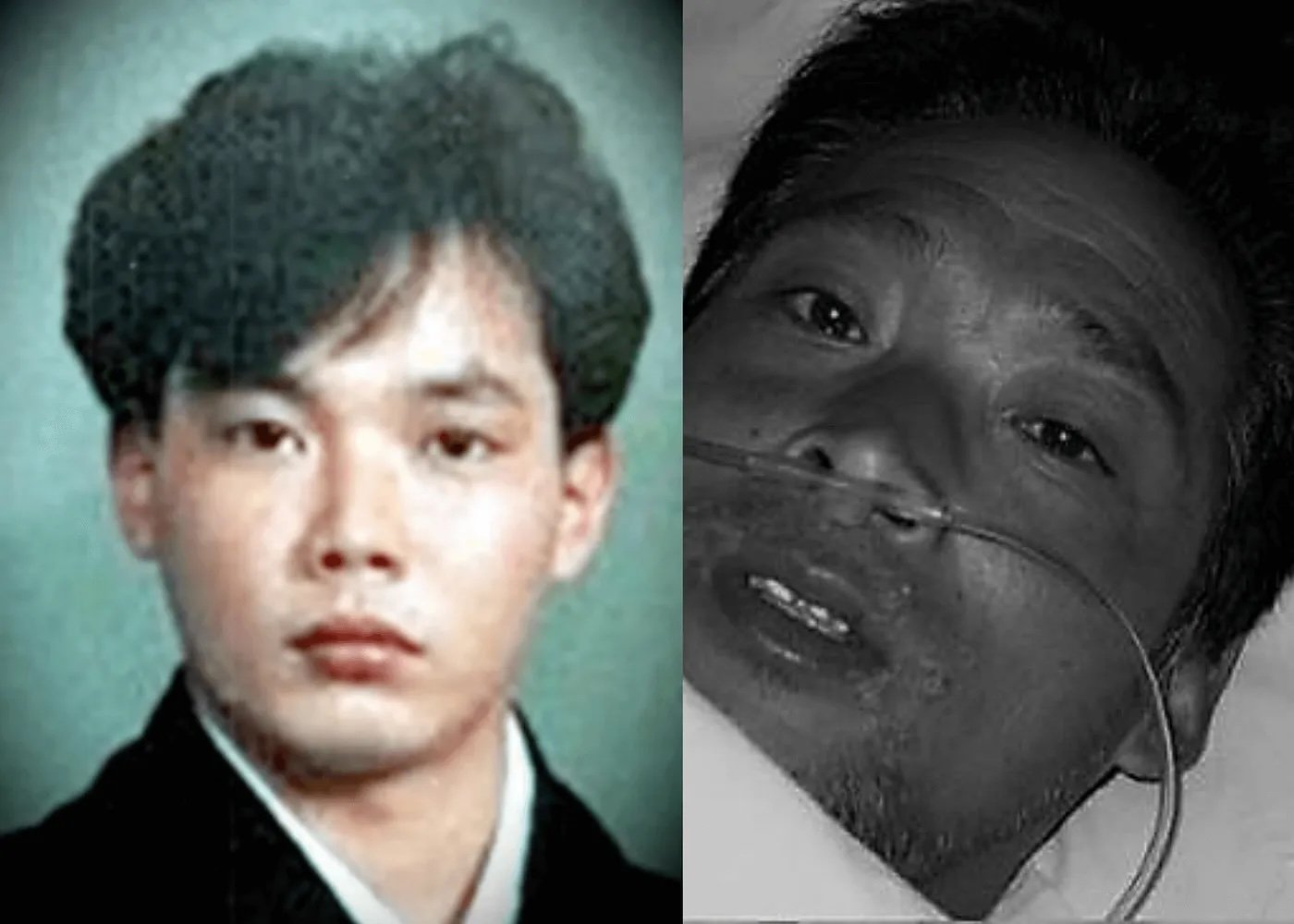Is The Hisashi Ouchi Photo Real - A Look At A Tragic Story
Many people wonder about the pictures connected to Hisashi Ouchi, a man whose story is, too it's almost, a very sad reminder of what can go wrong with nuclear materials. These images, showing the terrible effects of radiation, have been seen by countless people, making them pause and think about something quite serious. The question often comes up: are these photos truly authentic, or is there some misunderstanding about them? It is a question that brings up feelings of deep sorrow and a wish to truly grasp what happened.
The story of Hisashi Ouchi himself is one that, in some respects, many find hard to forget, really. He was a worker at a nuclear fuel plant in Japan, and an accident there led to him being exposed to an amount of radiation that was, well, incredibly high. This incident left him with injuries that were beyond what most people could ever imagine. The pictures that came out of his time in the hospital are, apparently, a visual record of his struggle, and they show the raw reality of his situation.
This article will go into the details of Hisashi Ouchi's experience, looking at the events that led to his injury and the impact it had on his life, and, you know, on nuclear safety ideas generally. We will also look at the photographs themselves, discussing their background and why they continue to be such a strong topic of conversation. It's about understanding a difficult moment in history and seeing how, basically, it still speaks to us today.
Table of Contents
- Hisashi Ouchi - A Life Interrupted
- The Tokaimura Accident - What Happened?
- The Agonizing Fight for Life
- Is the Hisashi Ouchi Photo Real - Unveiling the Truth
- Why Do the Hisashi Ouchi Photos Matter?
- Ethical Questions Surrounding the Hisashi Ouchi Photo Real Images
- A Lasting Mark on Nuclear Safety
- Lessons Learned from the Hisashi Ouchi Photo Real Story
Hisashi Ouchi - A Life Interrupted
Hisashi Ouchi was, actually, a person like many others, working a job that, while specialized, was part of a larger industry. His life took a sudden, terrible turn in 1999 when an accident at the nuclear fuel plant where he was employed changed everything. He was a man who, like his colleagues, was performing his duties when something went very wrong, leading to an exposure to radiation that was, quite frankly, unlike anything seen before. His story is a poignant one, truly, because it highlights the human cost when things go awry in powerful systems. We know a little about him, and what we know paints a picture of someone caught in an unimaginable situation. He became, in a way, a symbol of extreme human suffering and the dangers that can exist.
Personal Details and Bio Data
| Name | Hisashi Ouchi |
| Nationality | Japanese |
| Occupation | Nuclear Fuel Plant Worker |
| Year of Incident | 1999 |
| Duration of Survival Post-Incident | 83 Days |
| Approximate Radiation Exposure | 17 Sieverts (Sv) |
| Lethal Dose Comparison | 8 Sv is typically considered lethal |
The Tokaimura Accident - What Happened?
The incident that affected Hisashi Ouchi and his two coworkers happened at a nuclear fuel processing plant in Tokaimura, Japan. This was, basically, a criticality accident, which means that nuclear fission, the process used to create nuclear power, went out of control. It was not, in fact, an explosion, but rather a burst of radiation that occurred because of, well, some serious mistakes in how uranium was being handled. The workers were mixing uranium with nitric acid in a container, and they used too much uranium, causing a self-sustaining nuclear chain reaction to begin. This reaction released a huge amount of radiation in a very short time. It was a moment that, you know, truly changed lives and brought attention to safety issues in the nuclear industry. The immediate effects on those present were severe, and the long-term consequences were even more heartbreaking. This event showed everyone that even small errors in such a sensitive environment could have, quite literally, devastating results.
The Agonizing Fight for Life
Following the accident, Hisashi Ouchi was, frankly, in an unimaginable state. He had been exposed to an amount of radiation that was, well, far beyond what any human body could possibly handle. The medical professionals who cared for him faced a situation that was, to be honest, almost unheard of. His chromosomes, the tiny structures in our cells that carry our genetic information, were completely destroyed. This meant his body could not, in any way, repair itself. His skin, for example, began to peel away, and his internal organs suffered severe damage. Despite this, doctors made the decision to keep him alive, a choice that has since become a very debated topic. For 83 days, he was kept alive through intensive medical care, including numerous blood transfusions, skin grafts, and life support. His condition was, quite literally, one of constant suffering, and he reportedly expressed a wish for it to end, saying things like, "I am not a guinea pig." This period was, truly, a grim display of the limits of medical science and the depths of human pain. The efforts to keep him going were, in some respects, a medical and ethical challenge that few had ever faced, and the details of his ordeal are, naturally, hard to hear.
Is the Hisashi Ouchi Photo Real - Unveiling the Truth
The question of "is the Hisashi Ouchi photo real" comes up a lot, and for good reason. The images circulating online that show Hisashi Ouchi during his hospital stay are, actually, very much real. These are not fabricated pictures or artistic interpretations. They are genuine medical photographs taken to document his condition and the effects of the radiation exposure. The images capture the extreme physical changes his body underwent, showing the severe burns, the loss of skin, and the medical equipment keeping him alive. They serve as a stark, visual record of the damage caused by such a high dose of radiation. These photos were, you know, originally used in medical journals and educational settings to illustrate the very real and terrible consequences of nuclear accidents. Their authenticity is, therefore, not really in question. What is often debated, however, is the appropriateness of their widespread public viewing, given their graphic nature. They are, quite frankly, difficult to look at, and that difficulty is part of why they are so impactful.
Why Do the Hisashi Ouchi Photos Matter?
The images of Hisashi Ouchi are, in fact, more than just pictures of a man in pain; they hold a deep significance. They are a powerful, visual testament to the dangers of mishandling nuclear materials. For people who have never seen the effects of extreme radiation, these photos provide a very clear and undeniable look at what can happen. They are used in medical training to help future doctors and nurses understand the severe physical impact of radiation sickness. Beyond that, they serve as a reminder for engineers and safety experts in the nuclear industry about the absolute importance of strict safety rules. When people ask, "is the Hisashi Ouchi photo real," and then see the answer, it creates a moment of serious reflection. The images, you see, force us to confront the very real human cost of accidents in powerful industries. They are, in a way, a silent scream for caution and responsibility, urging everyone to remember the consequences when things go wrong. They are, quite simply, a very important part of the story, making the abstract concept of radiation damage, well, shockingly concrete.
Ethical Questions Surrounding the Hisashi Ouchi Photo Real Images
The existence and wide distribution of the "Hisashi Ouchi photo real" images bring up some very important ethical questions. On one hand, there is a strong argument that these photos are essential for showing the true, devastating impact of radiation exposure. They provide a raw, unfiltered look at a tragedy, which some believe is necessary for public awareness and for pushing for better safety. They are, after all, a historical record of a unique medical case. However, on the other hand, there are serious concerns about privacy and human dignity. Hisashi Ouchi was a person, not just a case study, and the images show him in a state of extreme vulnerability and suffering. The question arises: is it right to display such personal and agonizing moments to the general public, especially when the individual involved might not have consented to such widespread viewing? There is a balance to be struck between the need for transparency and education, and the respect owed to a person in their final, very painful days. This debate, you know, continues to spark discussions about how we portray tragic events and the line between informing the public and exploiting someone's private anguish. It's a really complex issue, and there are, basically, valid points on both sides of the argument.
A Lasting Mark on Nuclear Safety
The accident that involved Hisashi Ouchi left, you know, a lasting mark on nuclear safety practices, especially in Japan. Before this event, there were, apparently, some significant flaws in the country's nuclear safety rules and how they were put into practice. The Tokaimura incident highlighted these problems in a very dramatic way. It showed that even seemingly small deviations from proper procedures could lead to catastrophic outcomes. Because of what happened to Ouchi and his coworkers, there was a serious re-evaluation of how nuclear materials were handled and how workers were trained. New, stricter rules were put in place to try and prevent similar accidents from ever happening again. The incident served as a very grim lesson that, to be honest, you cannot be too careful when dealing with such powerful and dangerous substances. It forced the industry to look very closely at its own processes and make significant changes to ensure that such a terrible event would not be repeated. The memory of Hisashi Ouchi's suffering, in a way, became a driving force for these improvements, pushing for a higher level of caution and responsibility across the board.
Lessons Learned from the Hisashi Ouchi Photo Real Story
The "Hisashi Ouchi photo real" story, and the entire accident, taught the world some very hard but important lessons. One of the clearest takeaways was the absolute necessity of following safety protocols to the letter. Any shortcuts or deviations, even seemingly minor ones, can have unbelievably severe consequences. It also brought attention to the fact that, basically, even in highly controlled environments, human error can lead to disaster. The incident led to a deeper understanding of the effects of extreme radiation on the human body, providing medical professionals with rare, albeit tragic, information. Furthermore, it sparked discussions about the ethical limits of medical intervention, especially when a patient's suffering is so profound and their chances of recovery are non-existent. The debate over keeping Ouchi alive for so long, and the role of the doctors versus the family in that decision, highlighted the complex moral dilemmas that can arise in such extreme situations. The story, you see, continues to be a reference point for discussions on nuclear safety, medical ethics, and the responsibility that comes with powerful technologies. It serves as a constant, if painful, reminder that safety must always be the very top priority, and that the human element in any system needs constant attention and proper support. It's a story that, you know, really sticks with you.

Hisashi Ouchi Photo

Hisashi Ouchi Real Photos: The Ethical Debate and Devastating Reality

Hisashi Ouchi Real Photos and the Tokaimura Accident